Siiri Oksanen
Hacking minor - research archive
09/9/22 - Initial ideas
Out of the different topics on hackur.io, I mostly could relate to phreaking. The topic deals with the past of hacking, defining it not only within the context of computer hacking, but rather describes hacking as an ideology or a mindset towards culture, power and systems. For me this is particularly important, as I prefer to work very hands-on, material and process-based, where the mindset and approach to methodology is particularly important. I struggle with starting my creative process from conceptualisation, and the act of making is therefore what often sparks my creativity. During this semester I want to immerse myself especially in the hacking mindset, which is described under phreaking also as “humour and joy”, and use this as a methodology in my design process, as opposed to implementing a so-called traditional hacking topic into my work. This “joy”-aspect is also very present to me in the act of making and creating my own craft and I want to use it as a starting point in my process.
The work of Sigve Knutson depicts quite accurately what I imagine my mindset during the hacking minor will be. is a Norwegian artist/designer whose work is very craft-driven; he explores his visual language, derived from sketches and 3d-models, and translates this into large-scale sculpture and furniture pieces within a range of mediums, from wood sculpting, metal casting, to basket making. I especially look up to his way of translating different processes of craft into his personal language, as one of my main goals this year is to explore technique and material in the context of a 3-dimensional form.
Moreno Schweikle, also a designer and an artist, works in a very different realm in comparison to what I am used to. You could say that his work is taking on the term hacking way more literally, as he works a lot with existing objects and shapes that we already know and manipulates them in some kind of way to create something new. “Spring Coolers” to me is a manipulated water dispenser turned into a fountain. To me, his work really depicts how hacking dates back to before it was known in the context of computers. I also value its analogue aspect and how this is communicated visually, as it explains hacking in a more comprehensible way (at least to a visual person like me).
22/09/22 - Artistic Vision
I see hacking as a way of portraying my perspective on a system or a topic. My work often explores the borders between design and art, in the context of interior and/or spatial objects and works. My creative process is sparked by hands-on research with a technique or a material, where form and aesthetics have a very prominent role. The aesthetics of my work are also my main means of storytelling and expressing my position as an artist and designer.
To me a system is a production process or a technique, but also in a broader sense a system is mass production, the industry and its traditional view on design. During the semester I am going to explore these themes through a series of 3-dimensional experiments with material and technique. I have not yet fully defined which materials I would like to work with, but I'm curious of exploring casting processes, and the traditional craft of basket weaving.
I have made a start at exploring aesthetics by translating my 2-dimensional work from drawings and paintings to 3-d scultping in Blender (see images). I plan to 3-d print one of my sculptures and then use this to create a plaster mould, which I can use for casting. I have also started exploring my form language in textile, by creating patterns based on my drawings (also images).
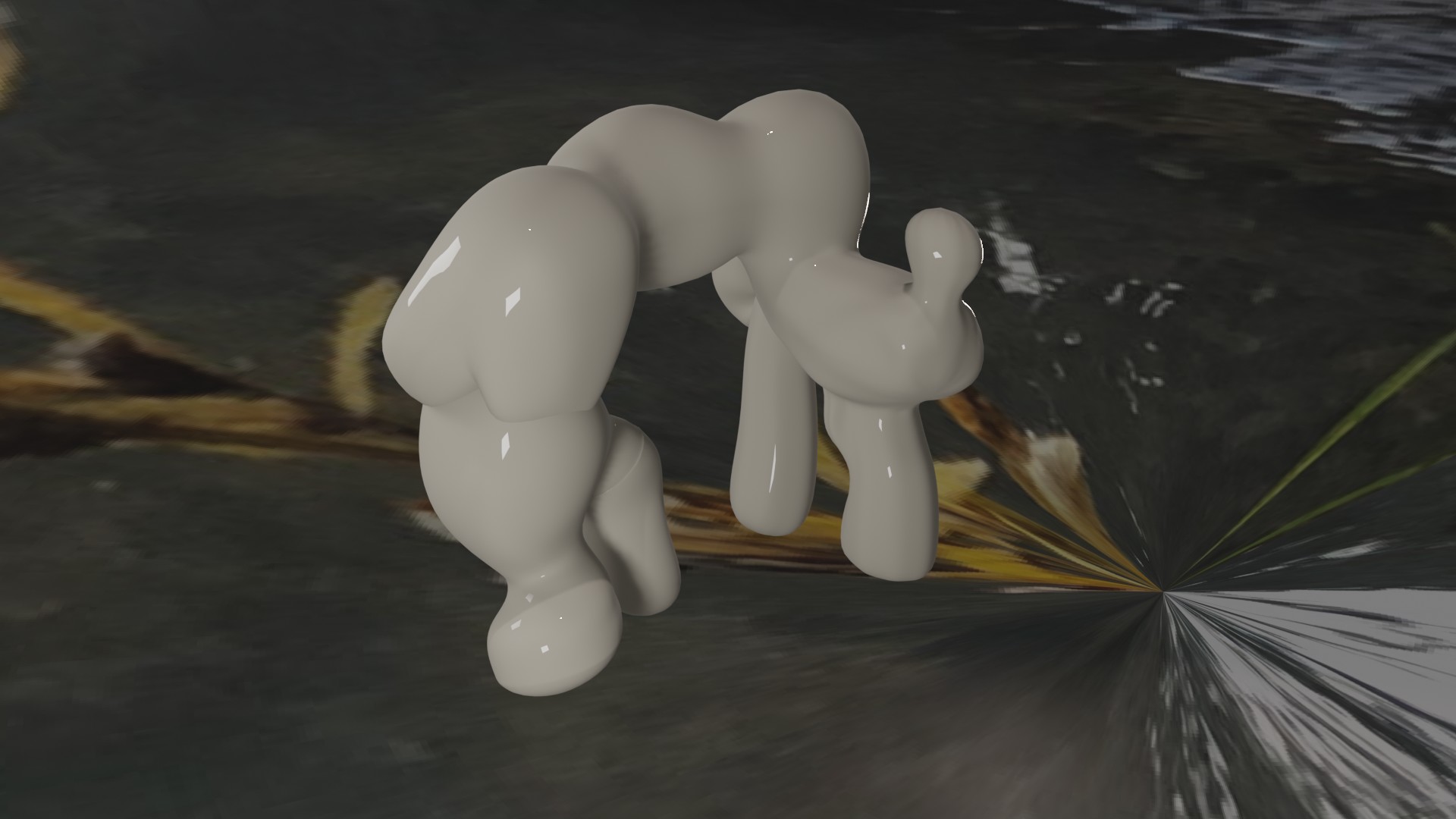
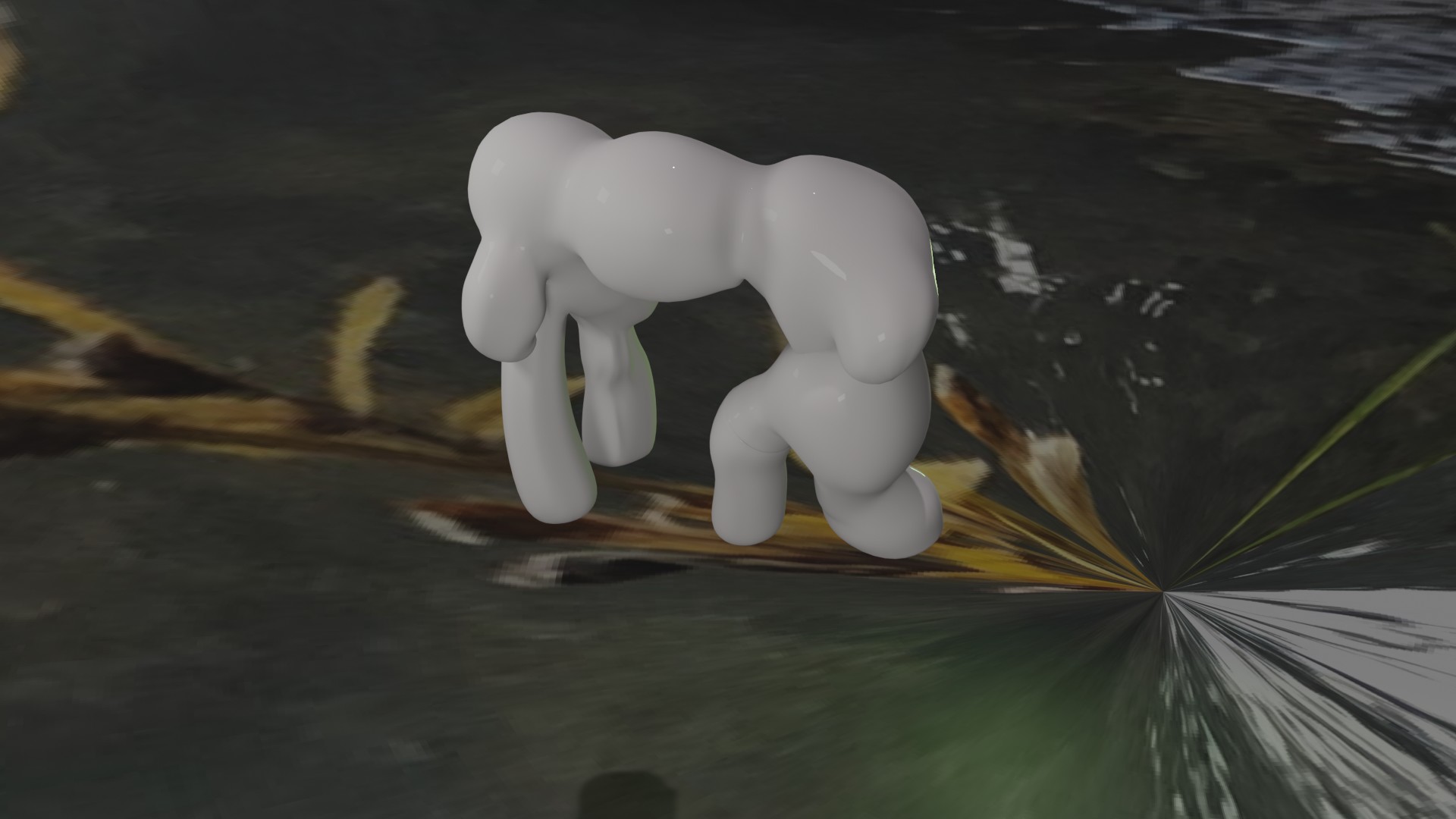
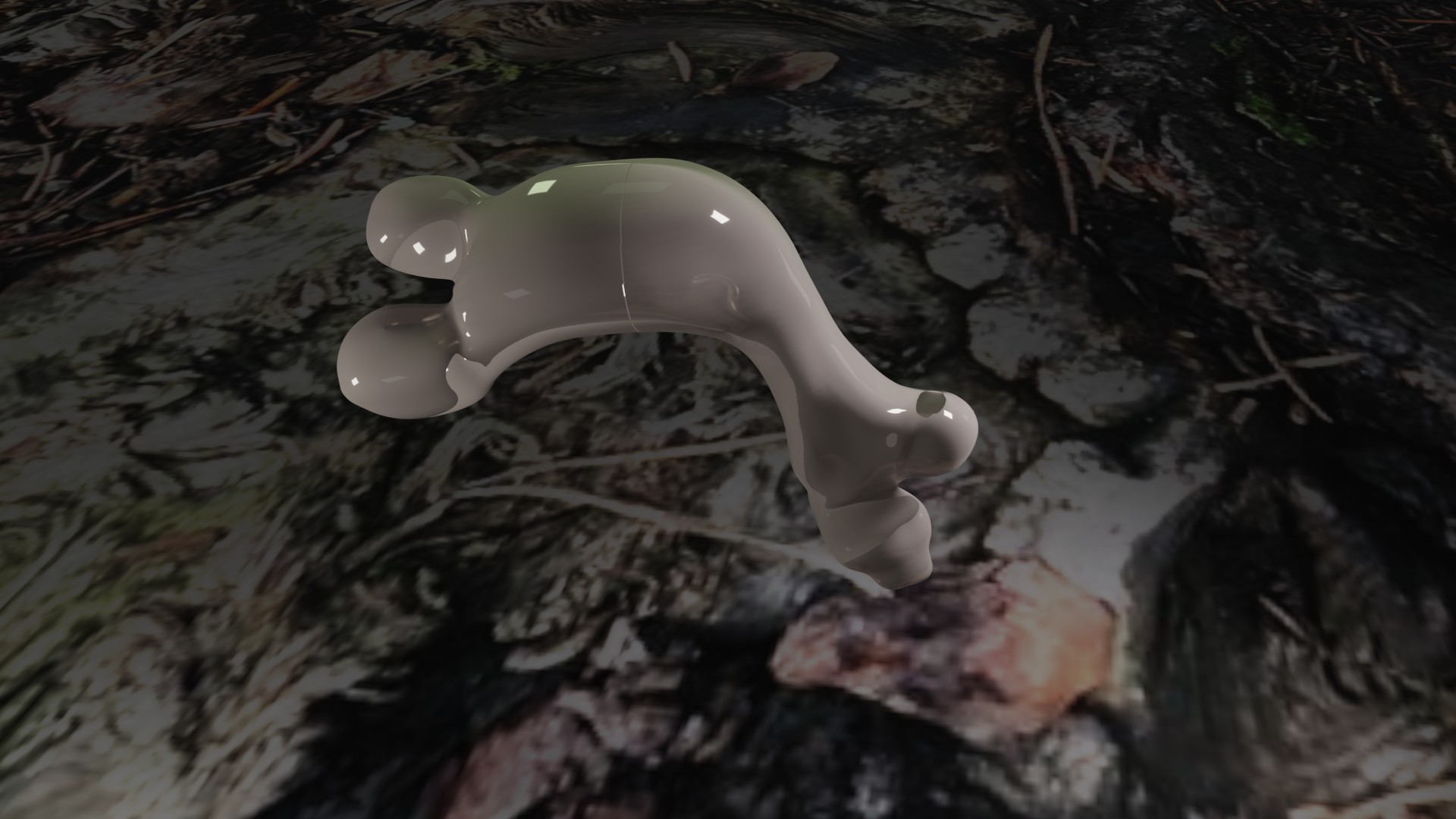
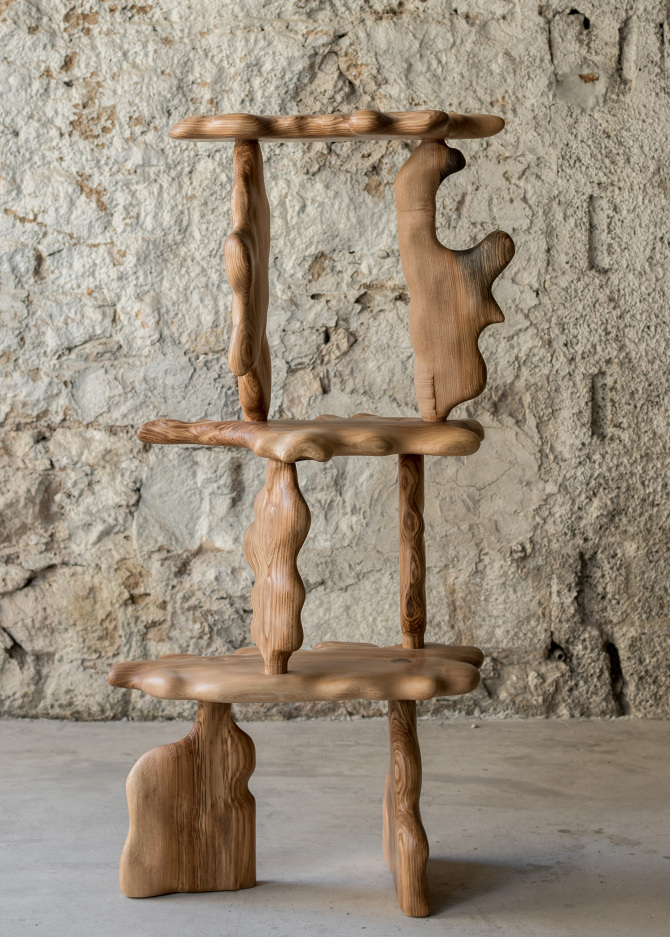
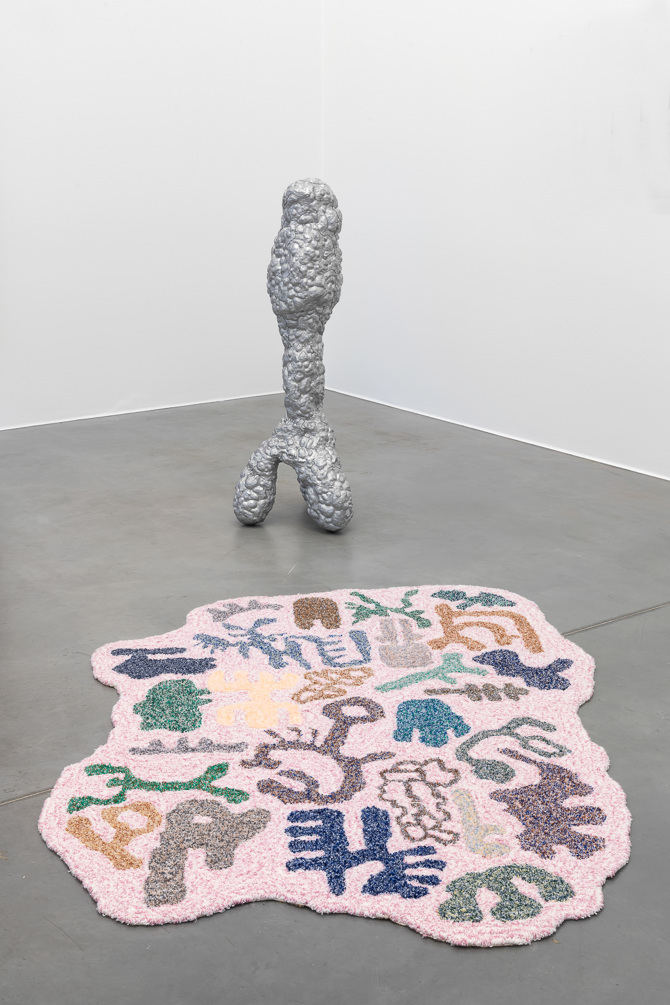
Some work of Sigve Knutson <3
3D sculpting in blender
30/09/22 - PERSONAL GOALS FOR THE SEMESTER
Developing new technical skills & knowledge in making
- exploring casting processes and mould making
- using unfamiliar material such as glass, foam or metal
- experimenting with unusual moulds, for instance by introducing movement to my mould
- learning to sculpt digitally
- translating digital to physical
30/09/22 - PROJECT AIM & RESEARCH QUESTION
I've been working on translating my 2D work, drawings and paintings, into 3-dimensional shapes, mainly in 3D software. For my minor project I want to expand on this process by introducing new materials and production techniques to my creative process, which also is part of my personal goals for the graduation year to expand on technical knowledge.
For me, the process of drawing and translating these drawings into a different medium is really about developing my visual language, and exploring what sort of forms satisfy me and make me feel certain things. I want to work in the field of contemporary and collectible design and therefore creating 3-dimensional and physical work is at the core of my project. The way I like to draw is quite abstract, but there is always a distinct shape or form, like a flat object.
Once I began experimenting with 3D modeling 2D work, I struggled a lot with the flatness of my 3D models; it is very difficult to sculpt a drawing to have a natural flow, and to appear naturally 3-dimensional. I concluded that my work should appear natural and organic, as also most of the shapes I draw or paint are inspired by the shapes I see around me; for instance the growing patterns of moss. I will use images from around me to guide me to develop my visual language, also in the 3D realm. Therefore, as part of my research I'm collecting an archive of images which inspire me.
13/10/22 - Project Abstract
My research i focused around the translation of aesthetics- especially form- throughout a variety of mediums. My creative process begins with a 2 dimensional work, either a painting or a drawing, which then is translated to a 3D modeling software, where the drawing is given a a-dimensional form. My 2D work is always abstract, and I'm focused on researching organic forms, with both soft and hard qualities. (see image 1 for reference) I use it as a tool for developing my visual language, and therefore I use a lot of repetition and quick prototyping in my research process. One of my aims for this project is therefore being able to develop a visual signature, within a variety of mediums.
After I have sculpted the 2D drawing into a 3D form on Blender, I use the unwrap function to flatten all the faces of the model. This gives me access to a pattern of the shape, which I can then print on paper and use as a template to bring the form back to the physical realm. It gives me possibilities to bring the work into a variety of mediums, as for instance the templates can be used as moulds for casting, or they can be sewn together and stuffed like a pillow. I want to explore a variety of materials and techniques during this step of the process because I find it especially interesting to observe how different materials behave in form, and how they can affect the aesthetic qualities of the end result.
My research
3 references:
Volumetric regimes: material qualities of quantified presence
Visual Analogy: Conscioussness and the art of connecting
Designers/artists:
Sigve Knutson
Pauline d'Andigne
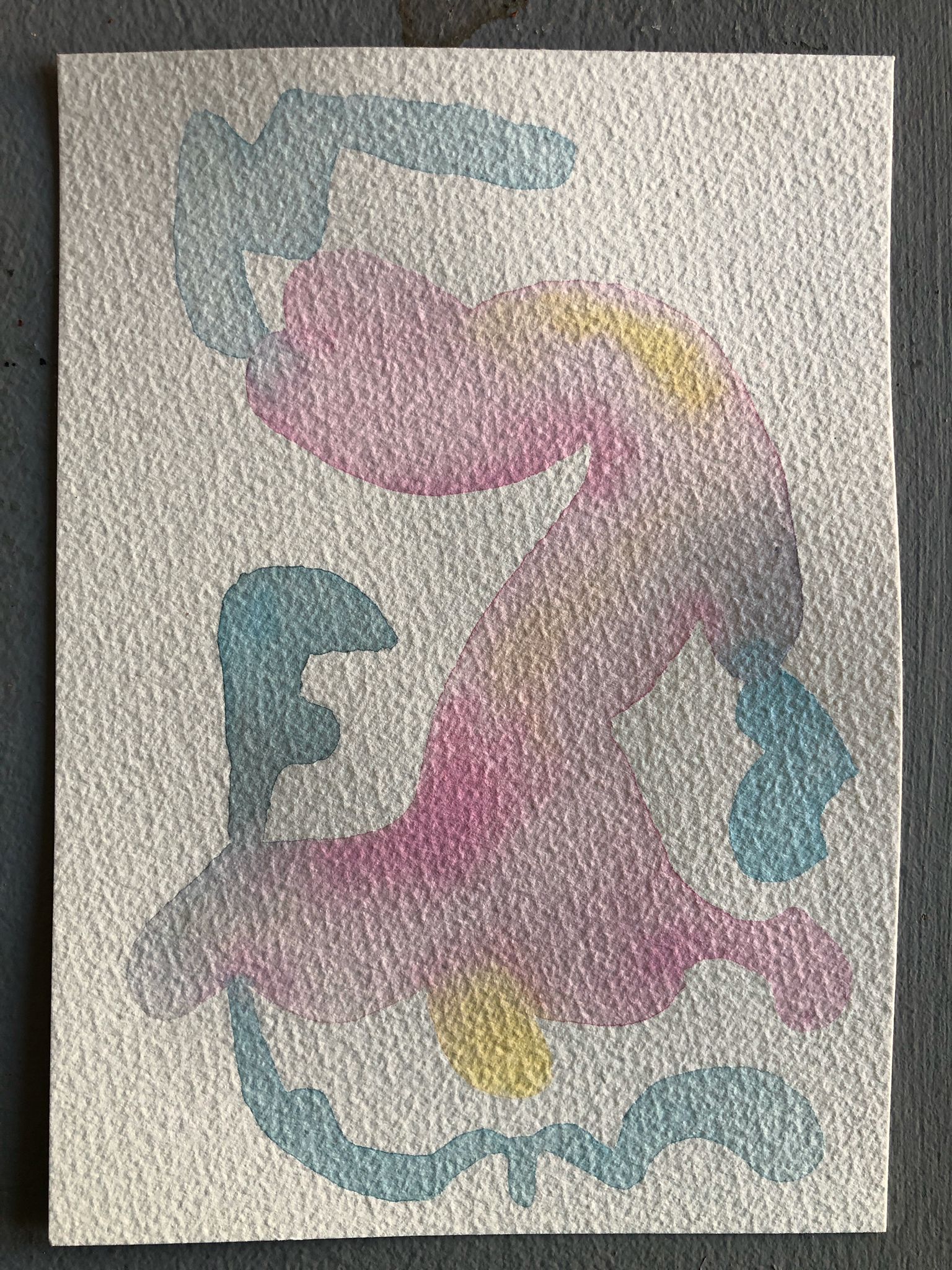
Feedback during Amy's class 4.11.
interesting that we immediately try to associate something with what we recognise
I'm more into the material qualities of the work
it must be soft, oh no!
the disconcerting / contrast with the material qualities - looks like fabric but it hard -
I want to try and work with it in metal
I think of old greek statues with the see through fabric, made of marble
If I look at the paintings then they look soft, they are in contrast
the least
people are becoming more aware of sensory qualities
very satisfying to think this looks soft and then it's hard
it's also about the surface of the materials, what if you did it with a fabric print?
I would like it if the fibres of the fabric got stuck in the
I can see them as pillows, could be cool to make an image of someone chilling on a pillow which is actually really hard.
thought about weighted blankets
a cuddle space made of stone
reminds me of a couch that is not at all comfortable
The bed as intimacy and privacy, what people do in their beds,
struggling to find the context, I want to make something semi functional, how to engage people with the objects
could they go in wdka haven?
somewhere with a bean bag and pillows
you expect a certain softness
the paintings add a certain softness
they imply a sketch and a product, if you would separate them then they would be their own thing.
could look into what softness is? it can still be hard, you could interact with a hard hope in the same way you interact with someone else
finding the meaning of the sculptures makes me stressed
the meaning of the work will come out through the doing
but their meaning is - representing softness
also thinking that no matter how soft something is it can still be hard
the balance of soft and hard
Research direction 10/11/22
Up until the autumn break, my research was focused on translating my paintings, drawings and sketches into 3-dimensional sculptures. So part of my research observed how a shape can translate throughout different medium, from 2D to 3D software and digital work, to 3D printed work. The form would slightly change, often due to technical issues which came up. The research did not go into an interesting or engaging direction for me, as I found myself often stuck with a technical issue, spending loads of time figuring out something, rather than experimenting with a new process, and being able to focus on the language of the form.
I began creating simple patterns and moulds for casting, and focusing more on finding the form through the process of making again, with the 2D work, and my form language always in the background of my reseach. My focus wasn't anymore making the perfect representation of my drawings, but more on exploring the form of my previous 2D work through different materials. I started with casting plaster into moulds made from textile which I sewed together with a simple seam. The flexibility of the textile, and ability to move according to the behaviour of the casting material created creases in the shape, which then cured with the plaster. The textile also left its texture on the cured plaster, after removing the mould. I repeated the same process with expanding foam, which gave a similar result, inflating the two sides of the pattern that I sewed together.
I presented the outcome of the experiments during our informal exhibition in Amy's class, along with my drawings. These were the responses and written notes from the feedback and conversation I had with my classmates:
The conversation I had gave me a lot of clarity into what my research is about. My work is both visually and texturally and materially exploring softness. My drawings depict softness in round forms, where colour is used to add very subtle dimension, not giving too much contrast between light and dark tones. On the other hand, the casted sculptures look soft, but as you touch them they feel heavy and hard, instead of the feeling of a pillow for instance.
This discovery lead me to consider how softness can mean different things; something can seem soft but it doesn't feel that way. It also lead me to consider how certain materials can be both, for instance water which is hard when you fall into it from far above, but once you are inside it, it feels comforting and soft to the skin. Similarly, I considered metal as an example, as it is not brittle and can be manipulated by bending or hammering, however it is very hard and cold to touch.
RESEARCH QUESTION:
What is the significance of sensuality between humans and non-human objects and forms, in relation to how we view the space around us?